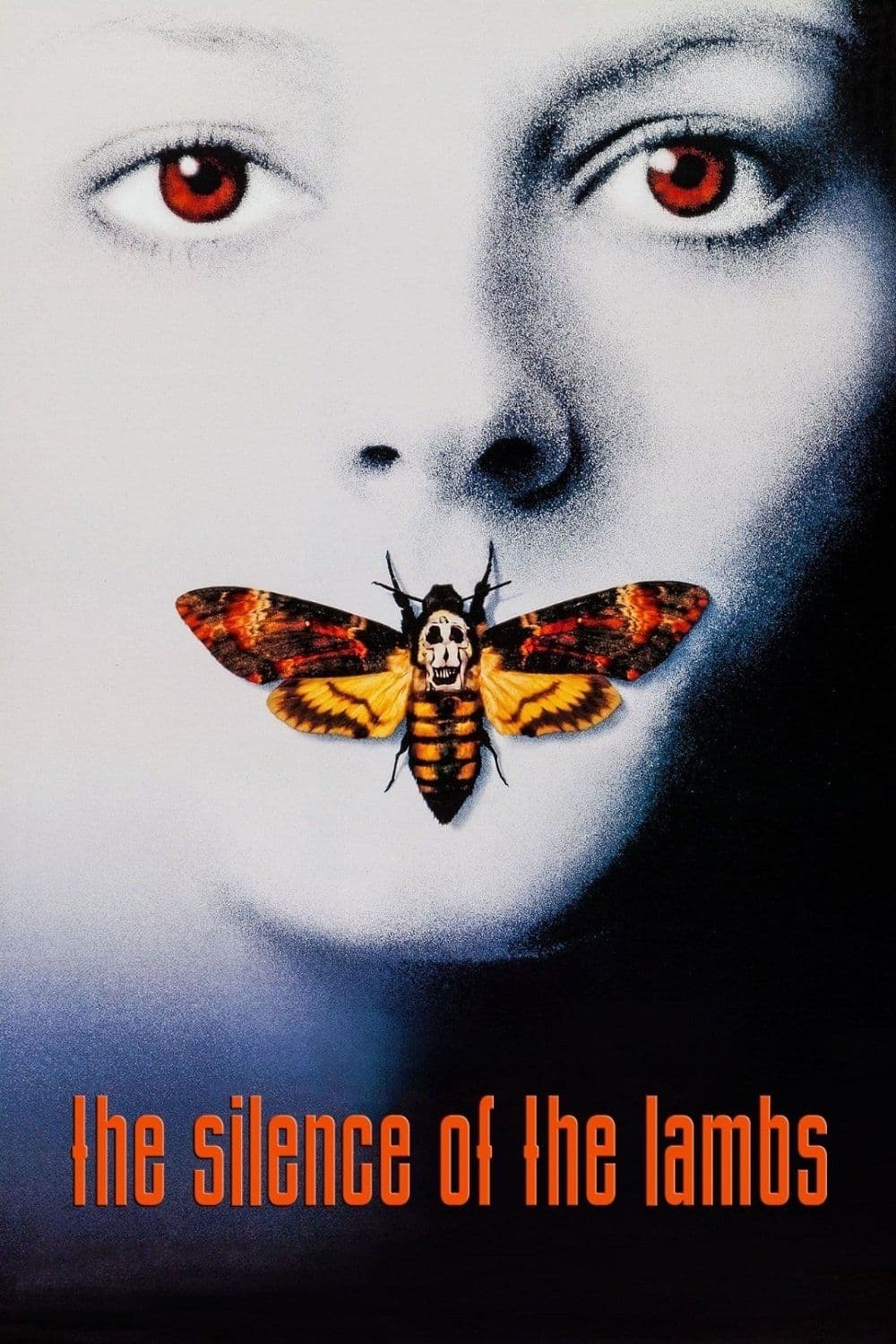
The Silence of the Lambs
1991
Rate this movie
Average: 3.00 / 5
(1 votes)
Director
One of the best thrillers of the nineties, winner of five Academy Awards and the Golden Bear in Berlin, it embraces the great lesson of Alfred Hitchcock, weaving a story centered on the psychological profile of its main characters. It is no coincidence that The Silence of the Lambs, with its narrative architecture unfolding as an investigation both external and internal, achieved the rare feat of winning the "Big Five" at the Academy Awards (Best Picture, Director, Actor, Actress, Screenplay) – a milestone that places it in an exclusive pantheon alongside masterpieces such as It Happened One Night and One Flew Over the Cuckoo's Nest. The Hitchcockian legacy here is not limited to mere suspense; it is the inheritance of an art that explores disquiet through psychology, the pathology hidden beneath the surface, and the sense of vulnerability that permeates human dynamics. Director Jonathan Demme, far from imitating, absorbs this lesson and reinterprets it with a contemporary sensibility, transforming the viewer into an almost voyeuristic participant in an intellectual duel.
Adapted from Thomas Harris's novel of the same name and excellently adapted for the big screen by Ted Tally, Silence of the Lambs is fundamentally a battle of consciences, a close confrontation between disparate psychological identities whose interrelation gives rise to the narrative. Tally's skill lies in distilling the psychological density of Harris's novel, transforming internal monologues into sharp dialogues, preserving the gothic gloom of the original prose and the claustrophobic tension of the prison chapters. The writing is chiseled, every word carries weight, every exchange is another step in a macabre but irresistible dance.
Clarice Starling (Jodie Foster) is a young and brilliant FBI recruit who, at the behest of her direct superior Jack Crawford, is called upon to investigate Buffalo Bill, a phantom serial killer who skins his victims. Clarice will be sent to seek the help of Hannibal Lecter, a psychologist held in a maximum-security prison, a cannibal and an artist, and reputed to know crucial details about the life of the killer the FBI is hunting. Clarice, with her West Virginia accent and a tormented past, stands as an archetype of resilience. Her vulnerability is her strength; her "education" by Lecter is not merely a means to capture a killer, but a rite of passage that forces her to confront her own demons – a universal theme of growth through suffering, embodied by her attempt to "silence the screaming of the lambs" from her past.
The encounter with Lecter is the focal point of the film, the darkest pulsating heart from which every single narrative pulse radiates. Hannibal, endowed with immense taste and erudition, initially plays cruelly with the young Clarice, annoyed that Crawford dared to send a mere recruit for information. This initial exchange is a display of intellectual power, in which Lecter probes and pierces Clarice's defenses with surgical precision. Gradually, however, a strange relationship of mutual respect will be established between the two, a dynamic that transcends the classic predator-prey relationship, transforming into a perverse form of mentorship. Lecter is not merely a monster; he is a distorted oracle, a dark mentor whose "cure" for Clarice consists of forcing her to confront her deepest fears, a "quid pro quo" that becomes the cornerstone of their interaction.
The psychological battle between Lecter and Starling is played out through intense dialogues, gruesome details, and the discomfort the woman feels being in that place, side by side with the country's worst psychopaths. The setting of the criminal asylum, with its cramped cells and the desperate faces of the inmates, becomes a visual metaphor for the human mind, a labyrinth of obsessions and horrors. Demme's camera, often in extreme close-up on Clarice, places her at the center of every frame, highlighting her isolation and determination, almost inviting the viewer to share her claustrophobic perspective and palpable anxiety.
Ultimately, Lecter convinces Crawford of his willingness to cooperate, but taking advantage of a temporary cell in which they confine him, he manages to escape in a sequence that remains in cinematic history for its ruthless effectiveness and the audacity of its staging. Lecter's escape is a ballet of horror and ingenuity, an exhibition of his calculated cruelty and his almost supernatural capacity for manipulation, a moment that crystallizes his iconic status in the pantheon of cinematic villains. Meanwhile, Clarice, thanks to Lecter's cryptic hints and her innate intuition, manages to locate Buffalo Bill's house and, after a desperate final struggle, to overcome him. The sequence in the dark, where Clarice gropes blindly while Buffalo Bill watches her with night vision goggles, is a masterpiece of pure tension, a reversal of the traditional roles of hunter and prey that underscores her autonomy and extraordinary capacity for resilience.
Thanks to Hopkins' monstrous performance, as previously mentioned, the scenes of the encounters with Lecter are among the most significant in the work. Hopkins created an icon with a surprisingly limited screen time (approximately 16 minutes), but every second is imbued with a magnetic presence, a gruesome grace. The man's icy eyes never leave Clarice as they flay her mind, exposing her every innermost impulse. It is not merely terror; it is a perverse form of intellectual seduction. The framing is as if magnetically drawn to the macabre spectacle and lingers long on Lecter's gaze, lending a spectral atmosphere, a long shiver of anguish that passes from Clarice to the viewer. Tak Fujimoto's cinematography, which favors extreme tight close-ups and a cold color palette, further enhances the disturbing intimacy of these exchanges and Clarice's alienation in a world dominated by latent or manifest male violence. Howard Shore's soundtrack, moreover, adds layers of melancholy and disquiet, elevating the thriller to an almost operatic dimension.
The Silence of the Lambs is not merely an impeccable thriller; it is a psychological study that explores the nature of evil, individual resilience, and the ambiguities of morality. Its influence has been enormous, defining the "serial killer movie" genre for years and shifting the focus from gore action to introspective analysis and criminal profiling. A great chapter of cinema, which continues to reverberate with the strength of a timeless classic, capable of scrutinizing the abyss and showing how, even in the heart of darkness, a perverse but powerful form of human understanding can emerge.
Country
Gallery
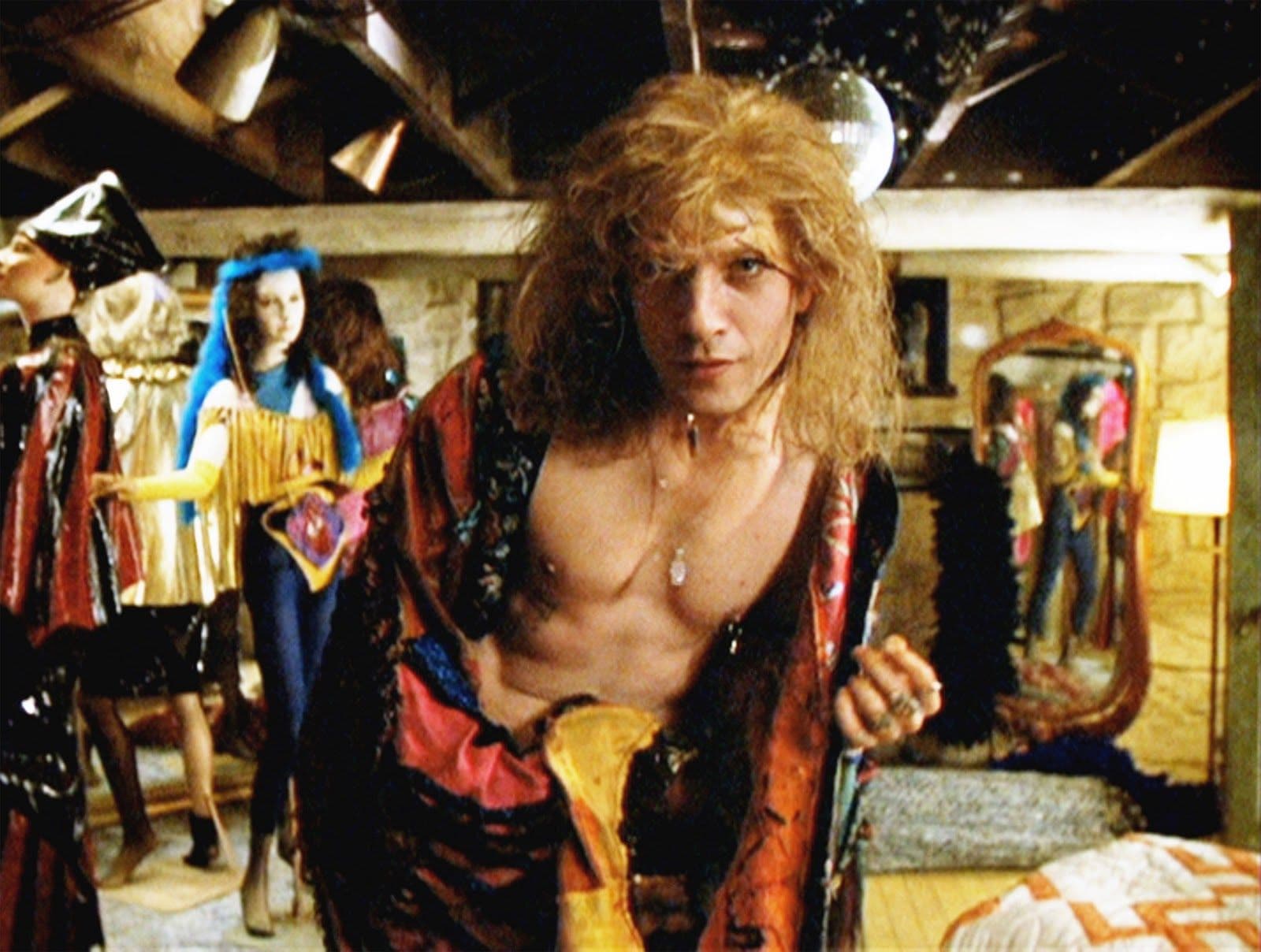
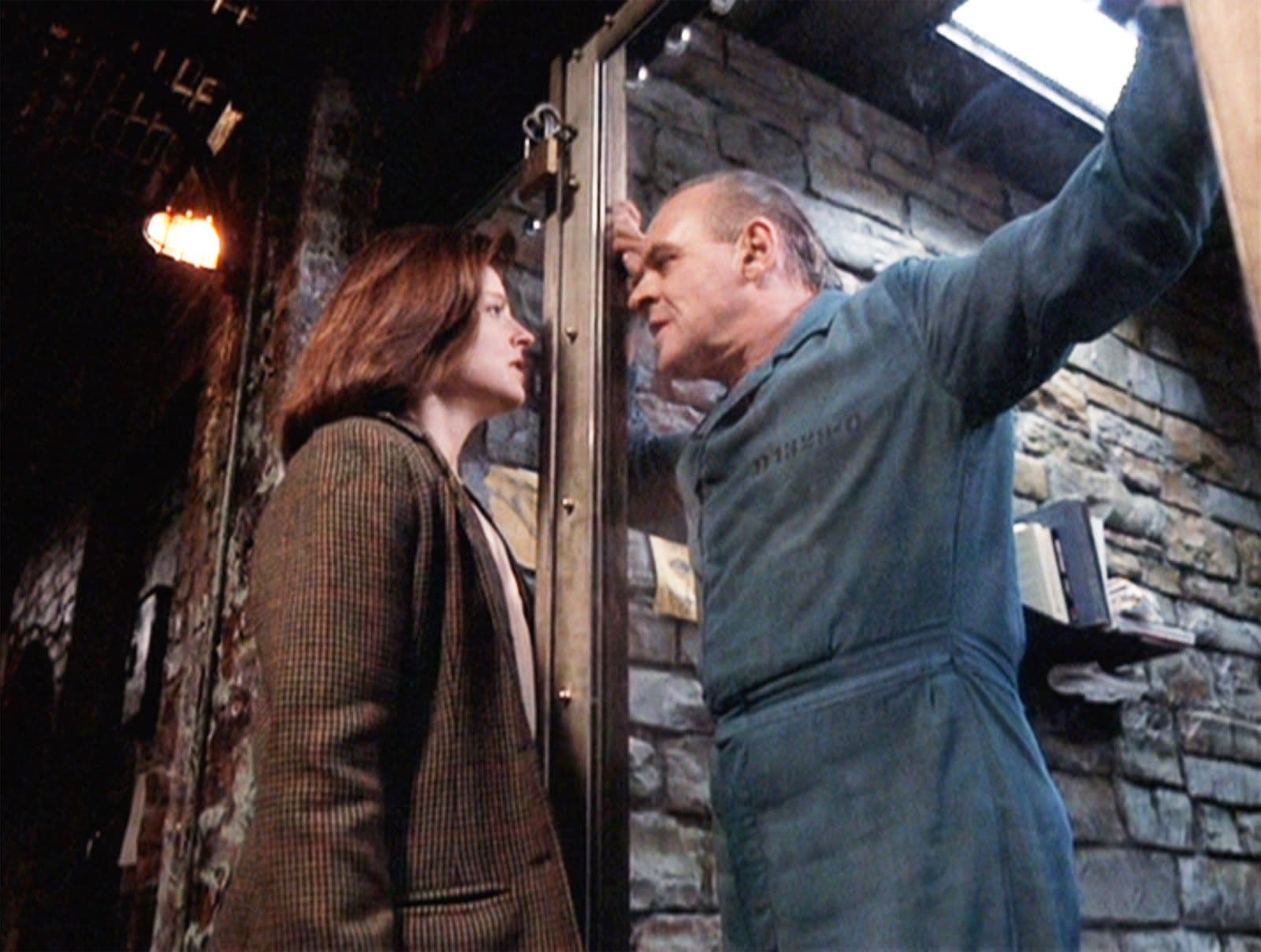

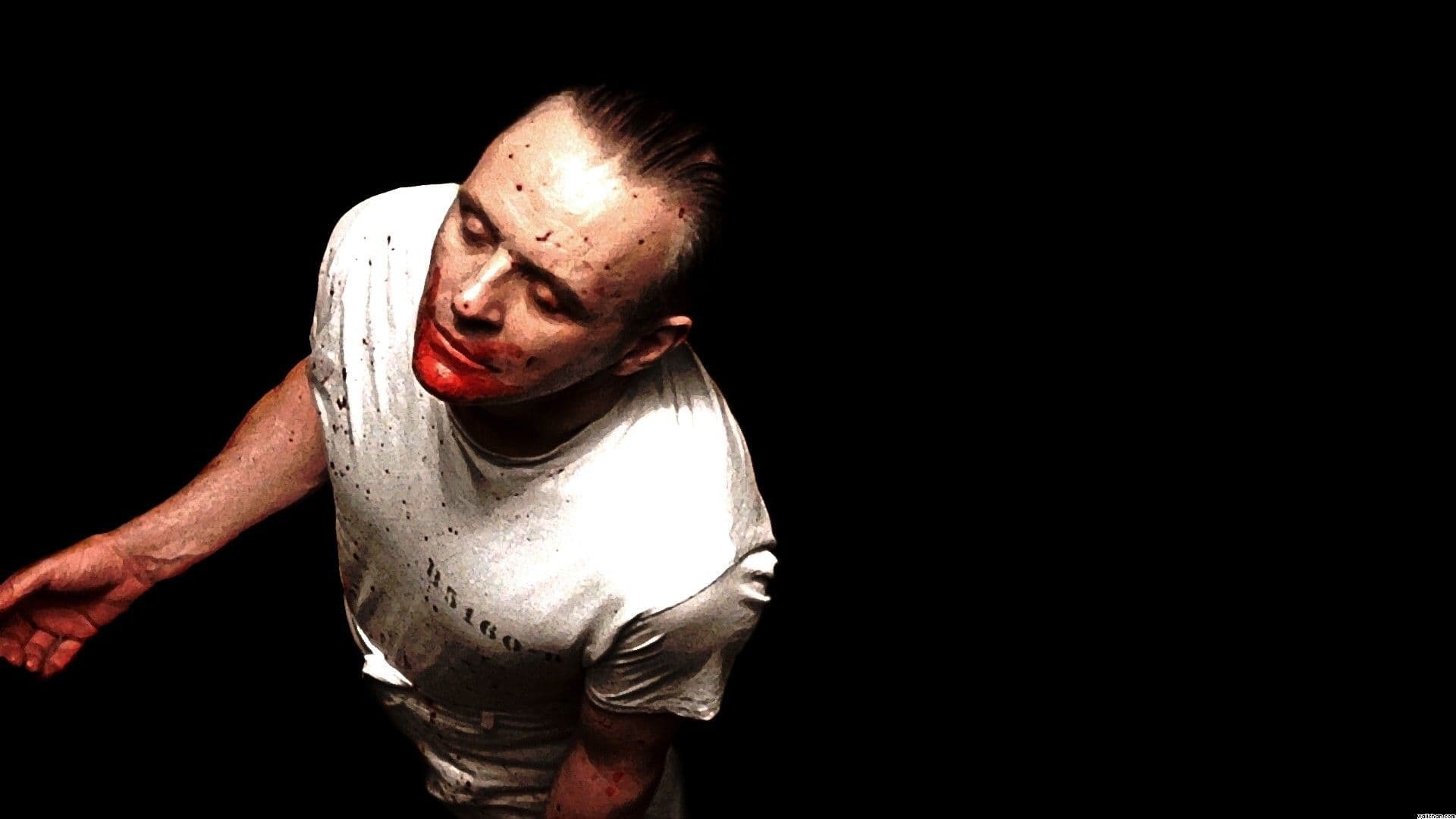
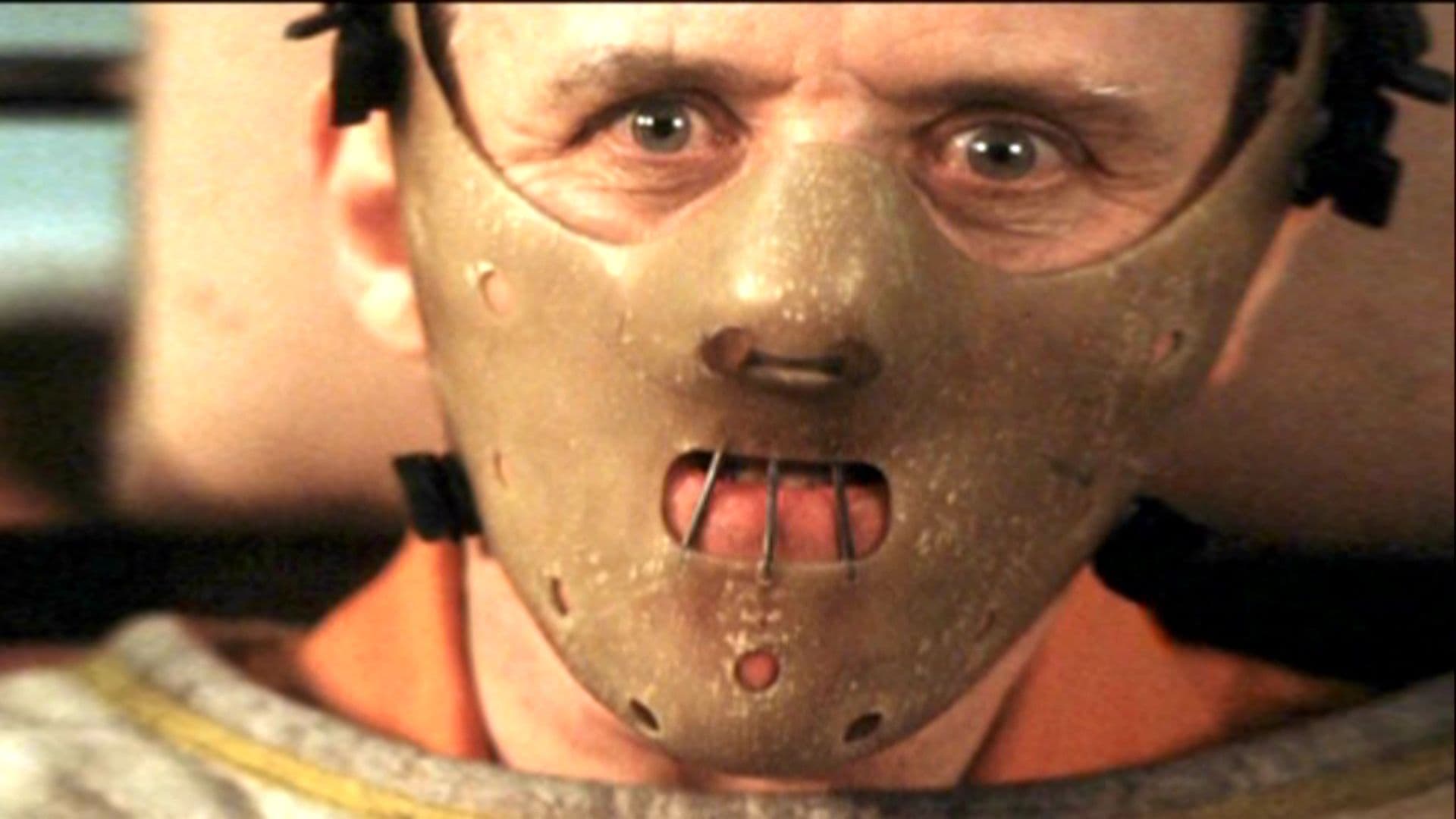
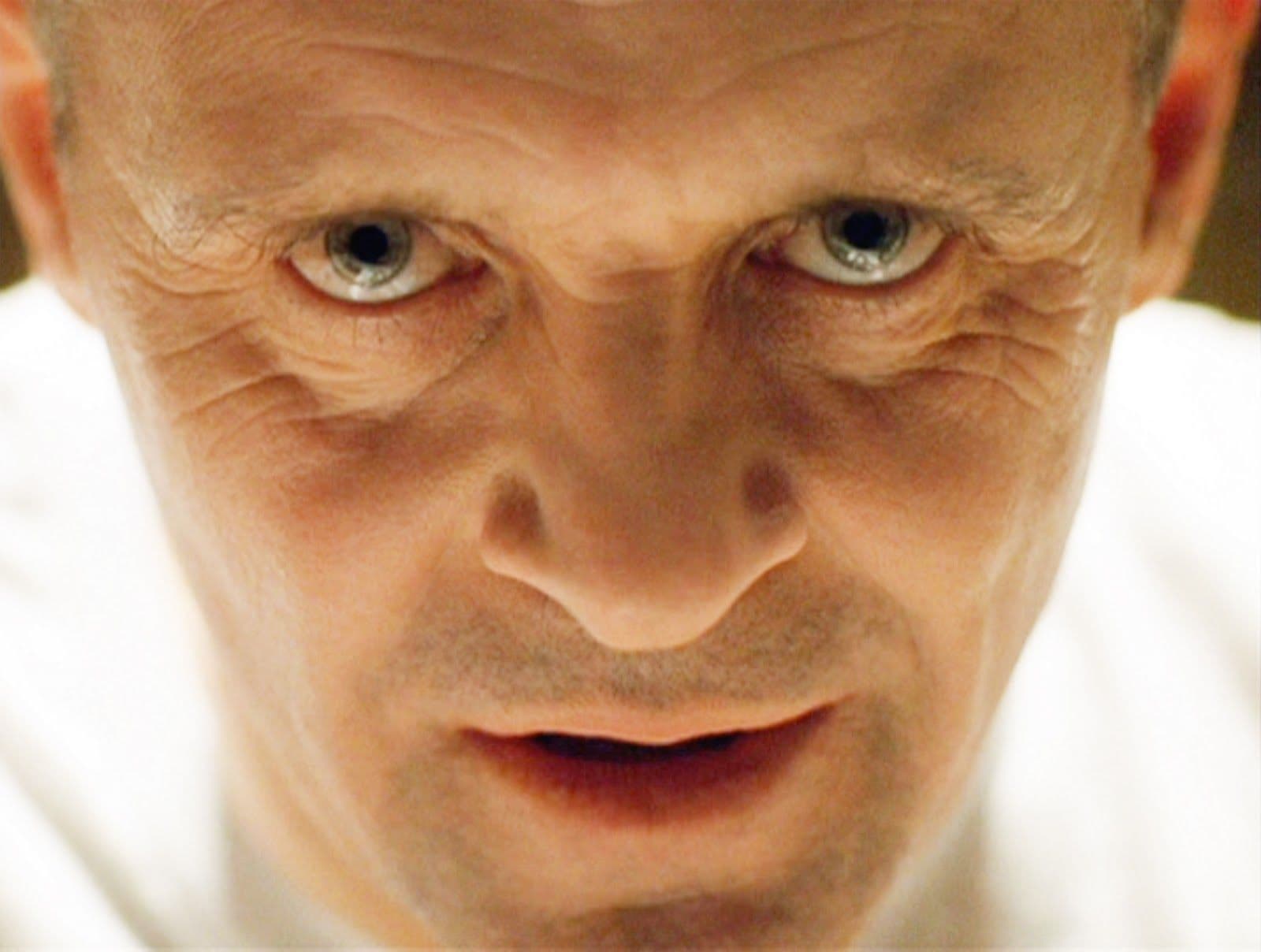

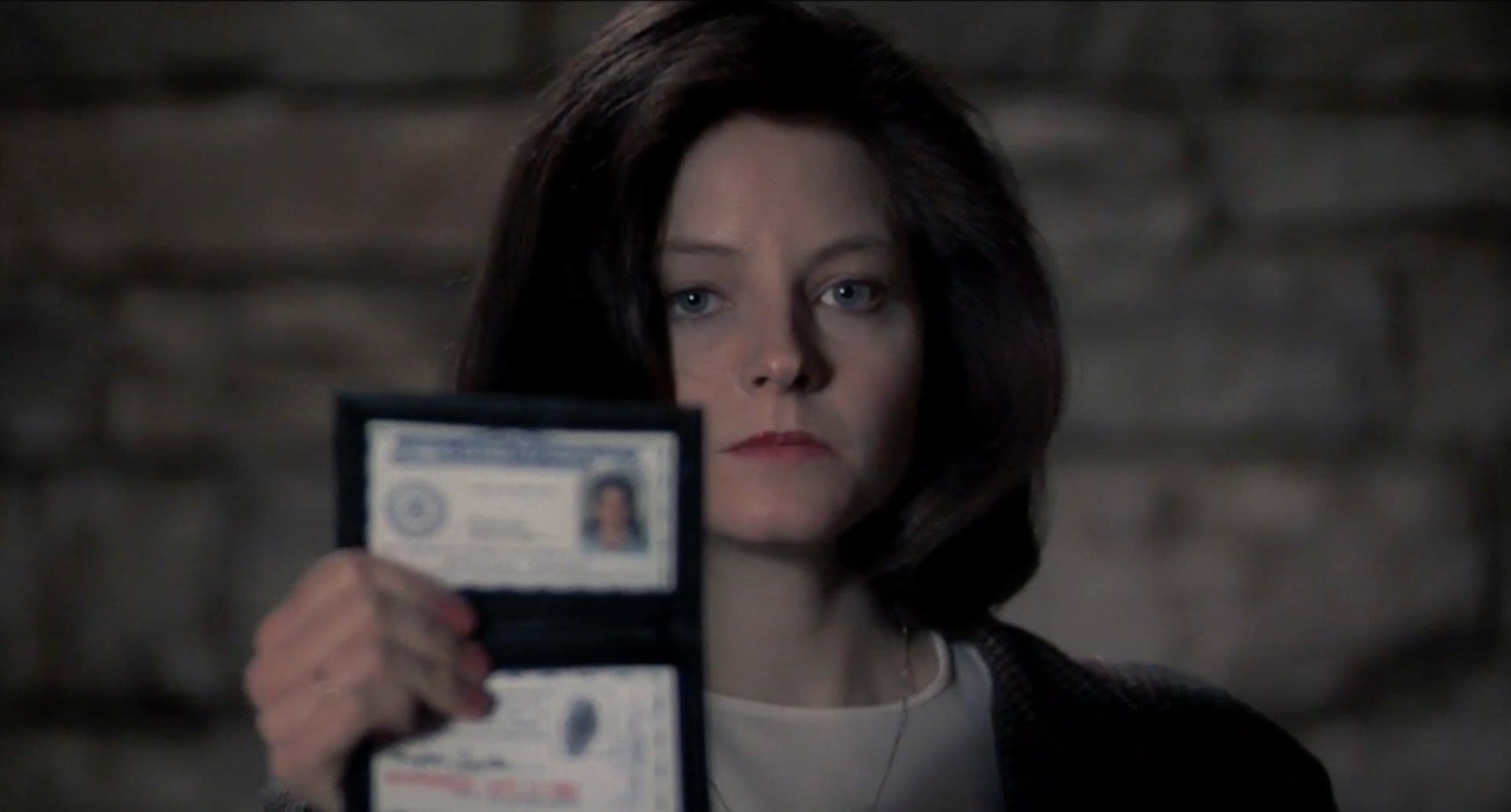
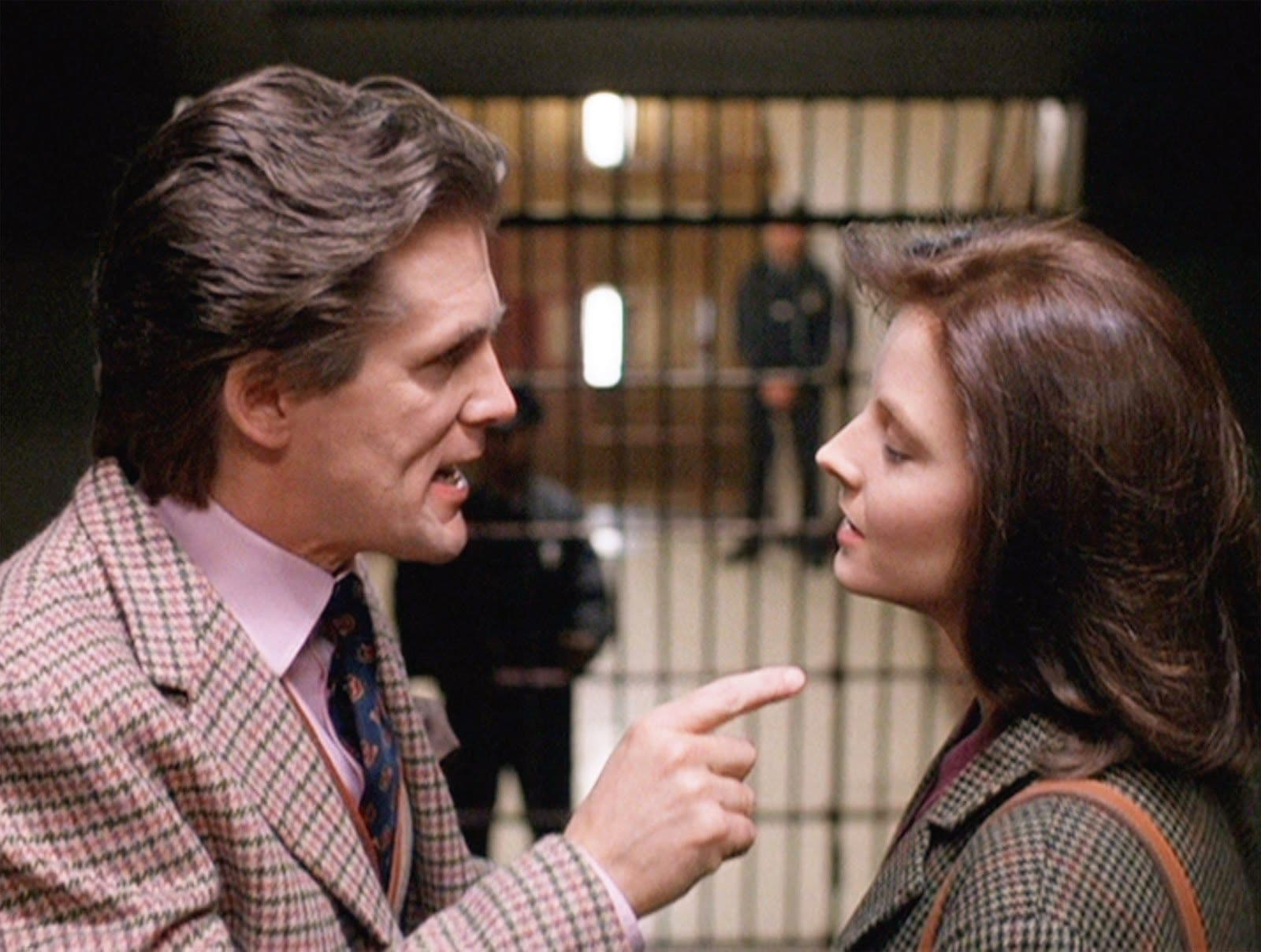
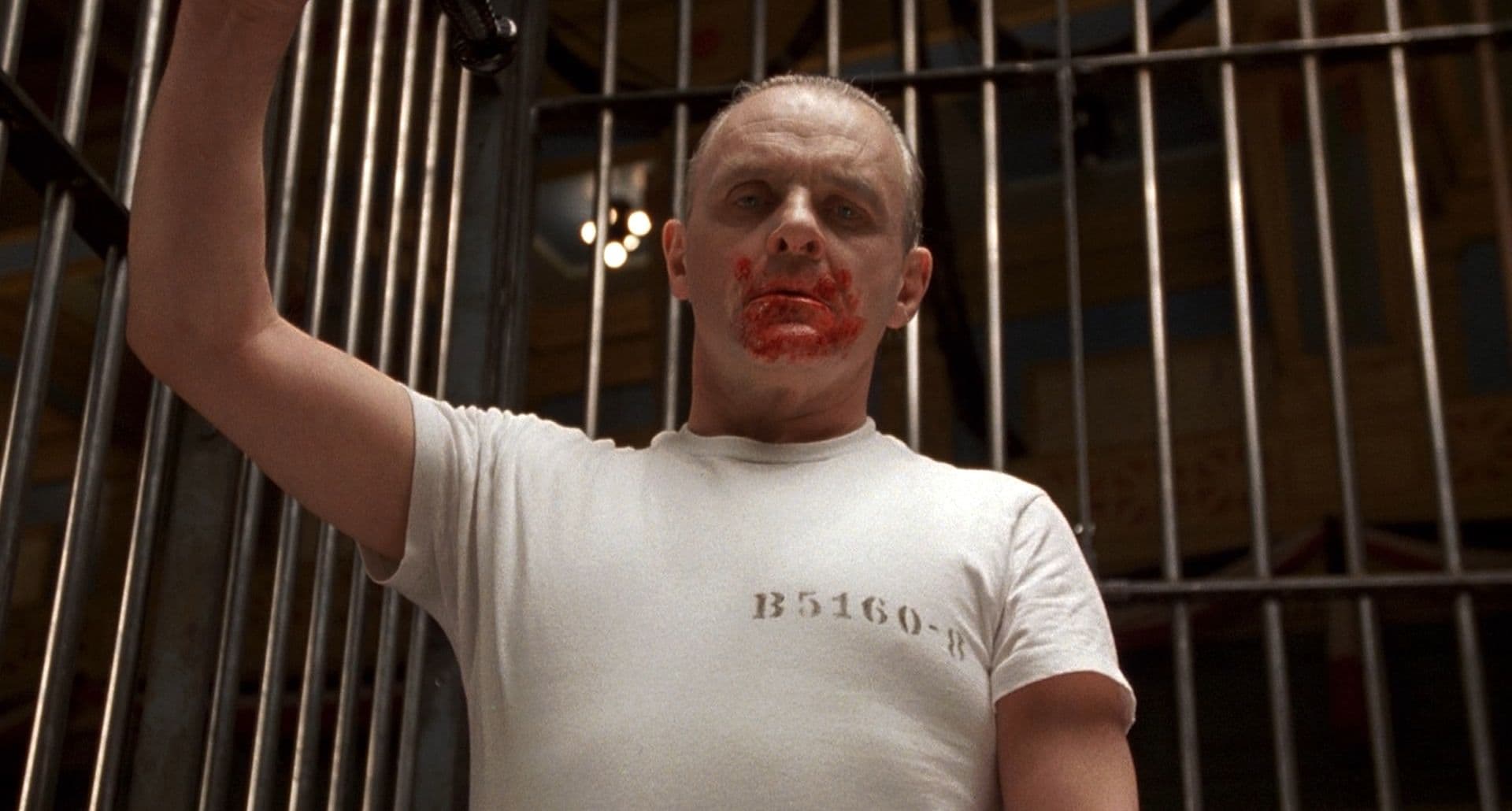
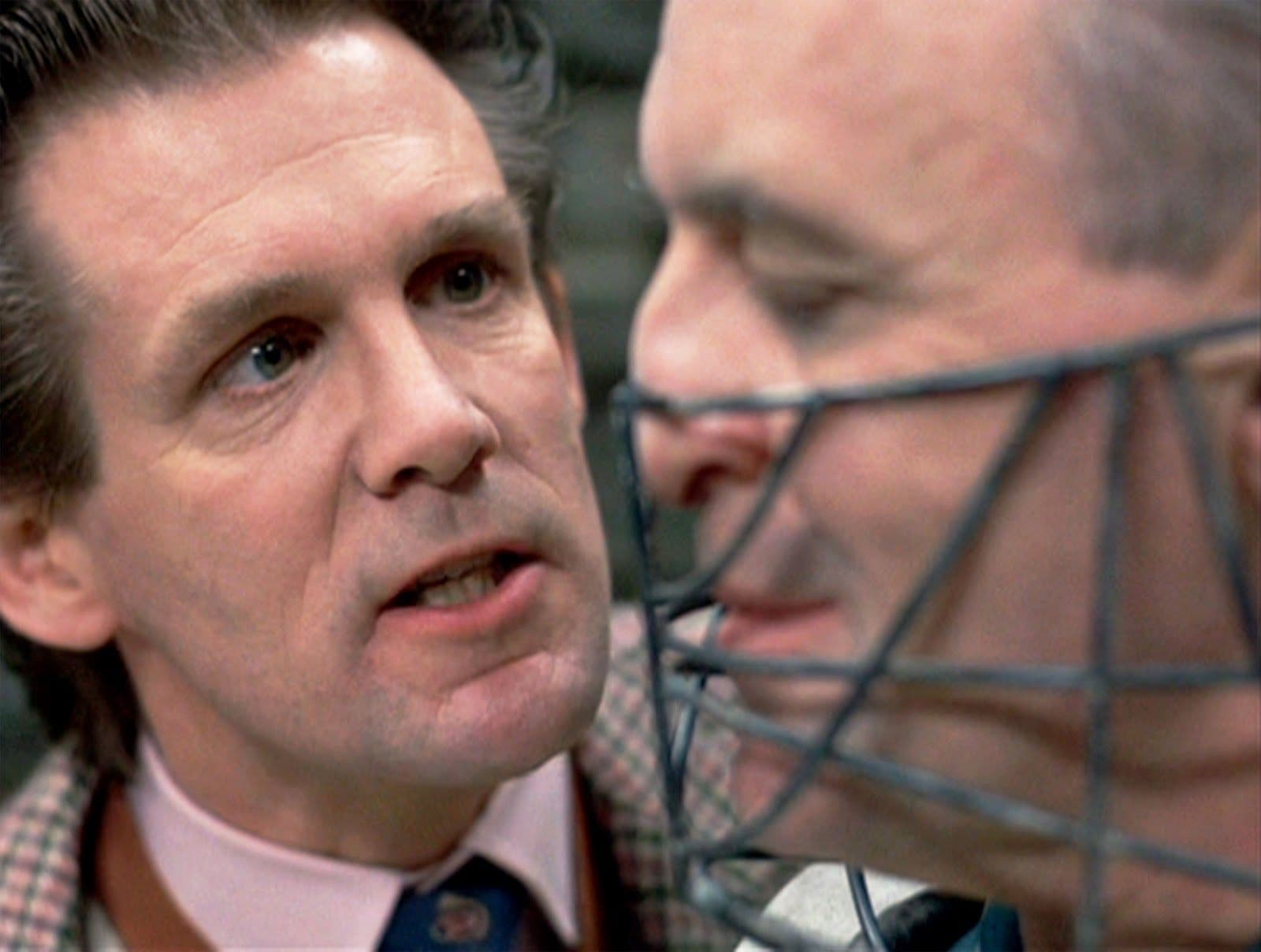

Featured Videos
Official Trailer
Comments
Loading comments...